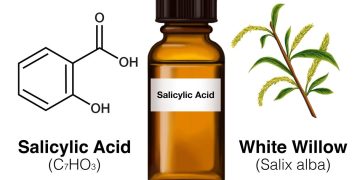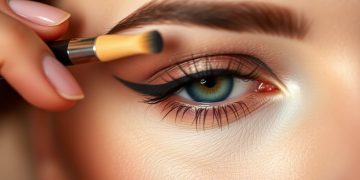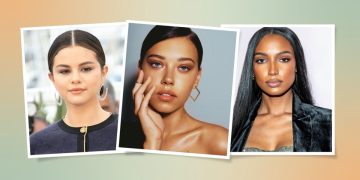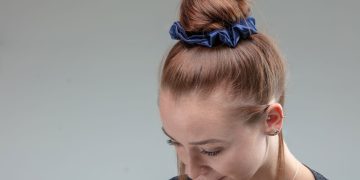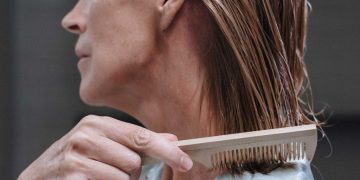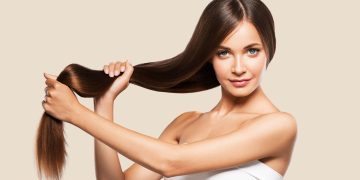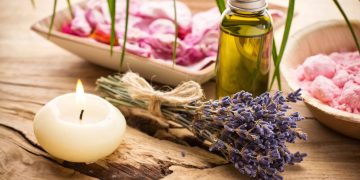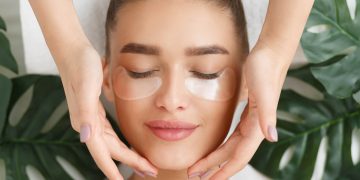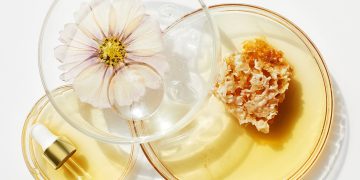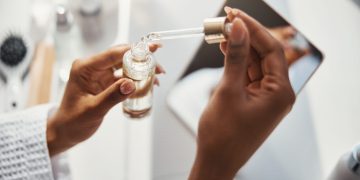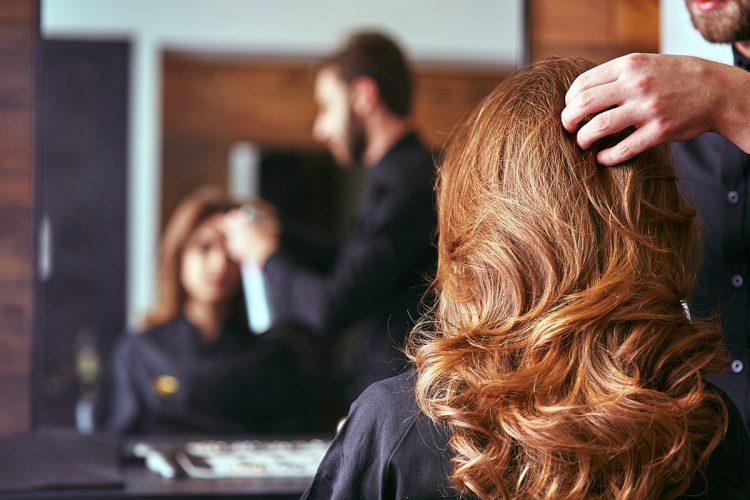Coloring and perming your hair can give you a bold new look, but both processes involve strong chemicals that alter the hair’s structure. While the results can be beautiful — whether it’s rich, vibrant color or soft, lasting curls — these treatments can also lead to dryness, brittleness, and breakage if not cared for properly.
In this guide, we’ll share expert-backed tips to care for colored and permed hair, and help you prevent long-term damage, so your hair remains healthy, shiny, and strong — even after multiple chemical treatments.
1. Understand the Effects of Coloring and Perming
Before diving into aftercare, it’s important to understand what these treatments do:
- Hair coloring opens the cuticle to deposit pigment inside the hair shaft, which can strip away moisture and weaken the strands.
- Perming breaks down and restructures the hair’s natural bonds to create curls or waves, making hair more porous and fragile.
When combined or performed too frequently, these treatments can leave hair dry, frizzy, and prone to split ends or breakage. That’s why proactive and protective care is essential.
2. Wait Before Washing After Treatment
Why it matters:
After coloring or perming, your hair needs time to set. Washing your hair too soon can strip away color or relax newly formed curls.
How long to wait:
- After coloring: Wait 48–72 hours before your first wash.
- After perming: Wait at least 48 hours to allow curls to fully stabilize.
Use lukewarm water instead of hot water to prevent moisture loss and preserve treatment results.
3. Use Sulfate-Free, Color-Safe, and Curl-Friendly Products
Why it matters:
Sulfates are harsh detergents that can fade color and dry out chemically treated hair. Standard shampoos may also strip away natural oils, leading to further damage.
What to use instead:
- Sulfate-free shampoo: Gentle cleansing without stripping.
- Color-safe conditioner: Formulated to lock in pigment.
- Moisturizing hair masks: Weekly treatments to repair and hydrate.
- Curl-defining products (for permed hair): Help maintain curl shape and bounce.
Pro tip: Choose formulas with nourishing ingredients like keratin, argan oil, and panthenol.
4. Avoid Heat Styling Whenever Possible
Chemically treated hair is more vulnerable to heat damage. Excessive use of hot tools like straighteners, curling irons, or blow dryers can cause:
- Protein breakdown
- Moisture loss
- Increased split ends and breakage
If you must use heat:
- Apply a heat protectant spray every time.
- Use tools with temperature control and ceramic or tourmaline plates.
- Keep the temperature below 180°C (356°F) to prevent burning or weakening the strands.
5. Deep Condition Weekly
Why it matters:
Chemical treatments disrupt the natural lipid and protein balance in your hair, leading to dryness and lack of elasticity.
How to deep condition:
- Use a repairing hair mask once a week.
- Apply on damp hair, focusing on mid-lengths to ends.
- Leave it on for 15–30 minutes (or follow product instructions).
- For extra benefit, cover your hair with a shower cap and apply gentle heat (like a warm towel) during treatment.
Ingredients to look for:
- Shea butter
- Coconut oil
- Hydrolyzed keratin
- Aloe vera
- Amino acids
6. Trim Regularly to Prevent Split Ends
Color and perm treatments can make hair more susceptible to split ends, which travel up the hair shaft and cause breakage.
Recommended schedule:
Trim your ends every 6–8 weeks to maintain hair health, especially if you’re growing your hair out.
Regular trimming removes damaged ends and helps your hair look smoother and more polished.
7. Protect Your Hair from the Sun and Chlorine
Environmental factors like UV rays and chlorine from pools can fade color, dry out your strands, and weaken permed hair.
Protective habits:
- Wear a hat or UV-protective hair spray when outdoors.
- Wet your hair and apply conditioner before swimming to create a barrier.
- Use a swim cap if you swim frequently.
- Rinse hair thoroughly after swimming or sun exposure.

8. Don’t Combine Treatments Too Soon
Avoid scheduling a perm and color treatment too close together — doing both at once or within days can severely damage your hair.
Safe timing tips:
- Wait at least 2–3 weeks between treatments if possible.
- Always consult a stylist if you want to do both.
- Opt for gentler, ammonia-free dyes if perming first.
9. Visit a Professional for Chemical Services
DIY kits may be cheaper, but chemical hair treatments are best left to professionals, especially if you plan to:
- Lighten dark hair
- Get a permanent wave or curl
- Correct previous dye jobs or chemical damage
A trained stylist can:
- Assess your hair’s condition
- Customize treatments based on hair texture and history
- Use salon-grade products that minimize damage
10. Sleep Smart: Protect Your Hair at Night
Chemically treated hair is more prone to breakage from friction while sleeping.
Best practices:
- Sleep on a silk or satin pillowcase to reduce friction and retain moisture.
- Tie hair loosely in a braid or bun.
- Use a silk bonnet or scarf if you have curls or frizz-prone hair.
Bonus: Maintain a Hair-Healthy Diet
Strong, shiny hair starts from within. Eating a nutrient-rich diet can help your hair recover faster and maintain strength post-treatment.
Key nutrients:
- Protein (keratin): Found in eggs, lean meats, and legumes.
- Biotin: Found in nuts, seeds, and leafy greens.
- Omega-3 fatty acids: From fatty fish like salmon and flaxseeds.
- Iron & Zinc: For healthy growth and repair.
Conclusion
Caring for dyed or permed hair requires a bit more effort, but with the right practices, your hair can remain healthy, vibrant, and full of life. Prioritize hydration, avoid harsh products and excessive heat, and don’t skip regular trims. Most importantly, trust professional stylists for chemical services and personalized aftercare advice.
With the right balance of salon treatments and at-home care, you can enjoy the beauty of color and curls without sacrificing the health of your hair.




